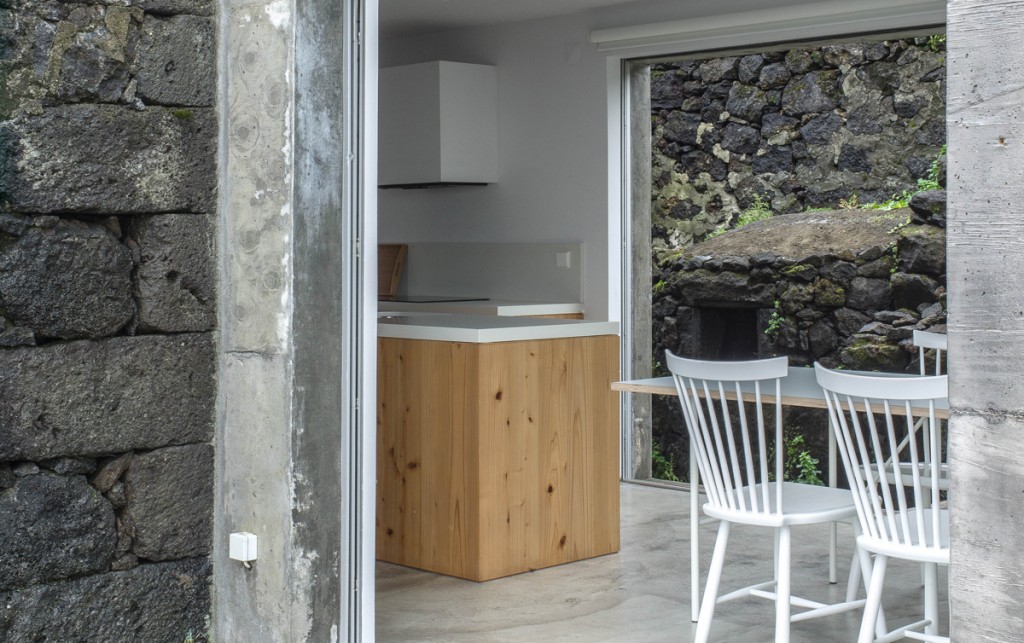Text: Cosmin Caciuc
In this issue we are publishing a dossier with projects rewarded at the European Award for Architectural Heritage Intervention AADIPA. These biennial awards organized with Catalan support occurred in the professional continental landscape only recently, in 2013. Unlike other famous European awards, such as those dedicated to the Eu Prize for Cultural Heritage / Europa Nostra Awards (from 2002, focusing on heritage conservation), The European Prize for Urban Public Space (from 1999, focusing on new urban interventions) and the European Union Prize for Contemporary Architecture – Mies van der Rohe Award (1998, for new architectural projects) AADIPA awards deal with a niche mediating between heritage and contemporary examples. It is an important signal of the need to reconcile social attitudes divided between history and modernization, of the strategic importance for the development of urban heritage, providing even a guide of best practices in protected areas, where integration and coexistence are fundamental keys to awareness and understanding.
In the expansive landscape of contemporary aesthetic pluralism, the role of such an award, I believe, is a political one, supporting the architectural concept of liberalism and the limits of interventions on protected areas or objects. Moreover, I think it has the theoretical power to expand successfully beyond the perimeters of protection, by promoting historical continuity through creative interpretation, a more critical attitude towards modernization and sensibility towards the inner nature of places.
Promoting authenticity and composure become natural labels: we shall not find in this dossier projects promoting pastiche, miming and conjectural figuration. These statements – a library, a house and the refurnished ruins of a monastery – are “liberal” compared with those for the “conservation”, in the strict sense concerning the accurate rehabilitation of the valuable historical image, but obviously not as much as the nominees from Mies van der Rohe Award – the stars’ latest fashionable place to make stylistic pirouettes. AADIPA awards are about extensions and conversions from the existing ruins, providing inevitable occasions for controversies and conflicts of interpretation. The “progressive” stance is neither naive nor arrogant, though perhaps it has certain doses of radicalism and desire for visual experimentation. On the other hand, collective values a re not suffocated by individual whims, either of the architect or of the investor.
It is worth highlighting the tolerance to ideological overlaps in terms of attitude towards the concrete substance of the past. The projects that have been submitted should be well received both by the mainstream and the nonconformists, and the conflict of interpretations on what is right or not in the interventions would be rather fertile, intellectually speaking, and open to a certain consensus. In this respect, the cultural mediation of public sensitivities should have the architectural filter, since social antagonism between the nostalgic advocates and exalted progressives will not help anyone if we turn our thoughts to contemporary urbanity. Even if we never have the methods for architectural intervention that should absolutely guarantee collective adherence, there are at least some values t hat guide us in the right direction when it comes to memory and identity, alongside important examples for the idea of a reflexive and sustainable modernity.


